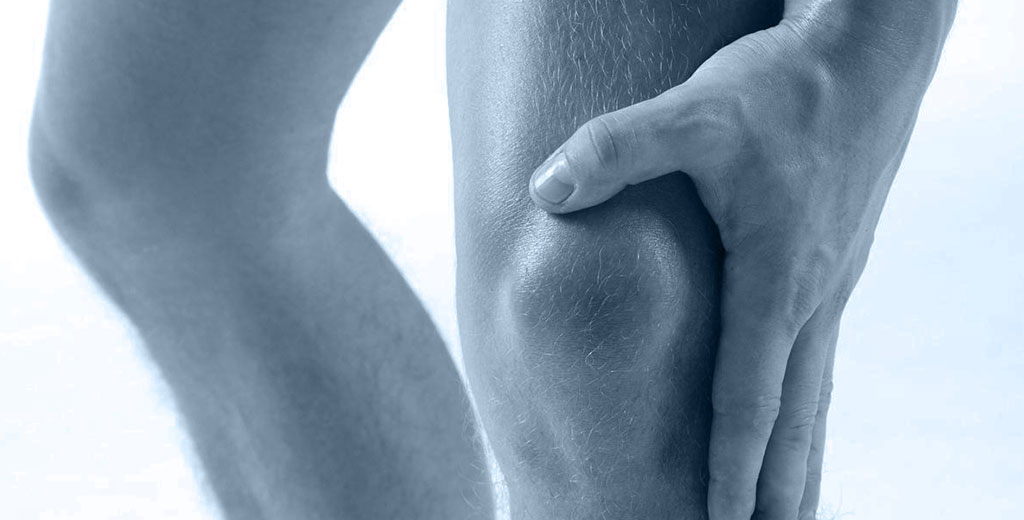And one neuromuscular key to improve it
Patellar tendinopathy is one of the most common injuries in athletes performing jumps, changes of direction, or explosive movements. While we often think of excessive load or poor technique as the main culprits, one of the less visible, but highly determinant factors is the neuromuscular imbalance between the quadriceps and the hamstrings.
When the rectus femoris dominates the movement and the hamstrings hardly participate, the knee loses proper dynamic control and the patellar tendon is placed under greater tension. This imbalance can perpetuate the injury and prevent full recovery.
👉 Want to learn how to use EMG to optimize your exercises and accelerate recovery in tendinopathies?
Contact us here and discover how to integrate this tool into your clinical practice.
In this post, you’ll learn how to retrain this synergy step by step, using exercise variables and validating changes in real time with surface electromyography (sEMG).
Quadriceps–Hamstring Imbalance
In patients with patellar tendinopathy, one of the most frequent findings is not in the tendon itself but in the way surrounding muscles work.
The quadriceps and hamstrings should complement each other in every knee flexion–extension movement. When this synergy is disrupted, here’s what happens:
- – Hyperactive rectus femoris → when this muscle takes too much control, it directly increases traction on the patellar tendon. The tendon ends up working “non-stop,” accumulating stress even during basic activities like climbing stairs.
- – Hamstring underactivation → the hamstrings act as the knee’s natural “brakes,” helping stabilize during stance and load absorption. If activation is low, the knee becomes more exposed, with reduced shock absorption and dynamic control.
When the hamstrings fail to balance the quadriceps, the knee absorbs more impact, accelerating tendon fatigue, increasing joint stiffness, and amplifying pain.
This imbalance is especially relevant in athletes involved in jumping, running, or cutting sports, where the rectus femoris tends to “over-pull” and the hamstrings don’t adequately counterbalance.
The Method: Modify Variables and Validate with EMG
To retrain this synergy, it’s not enough to simply “add hamstring strength” in isolation. What really matters is modifying functional exercises so the hamstrings integrate better into the movement.
Protocol:
- 1. Select a functional exercise involving the knee (e.g., lunge).
- 2. Introduce technical variations that promote hamstring activation.
- 3. Validate results with EMG, checking in real time whether synergy has improved.
Case Study: Forward Lunge
Initial Evaluation (with EMG)
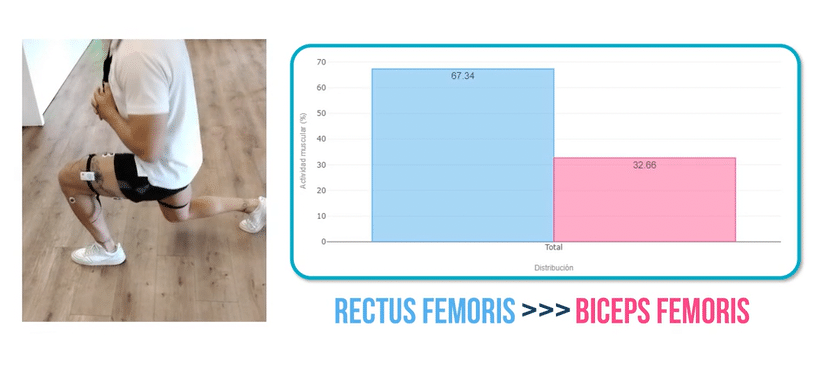
Quadriceps dominate, hamstrings barely contribute.
Result: direct overload of the patellar tendon.
Variable 1: Lunge with Foot–Ankle Supination
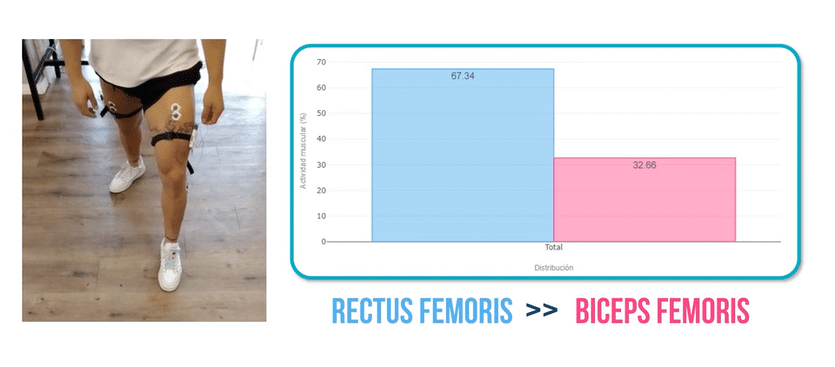
Result: minimal changes in hamstring involvement.
❌ Supination does not significantly redistribute the load.
Variable 2: Lunge with Greater Hip Hinge
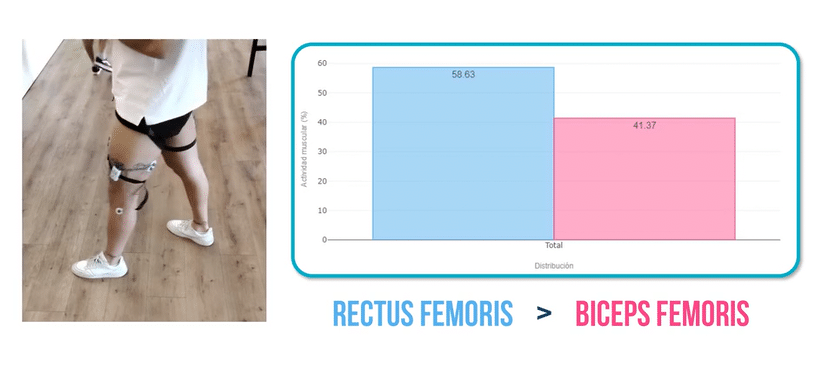
✅ Improved hamstring involvement during the eccentric phase.
✅ Reduced rectus femoris dominance.
Variable 3: Hip Hinge + Opposing Friction Force
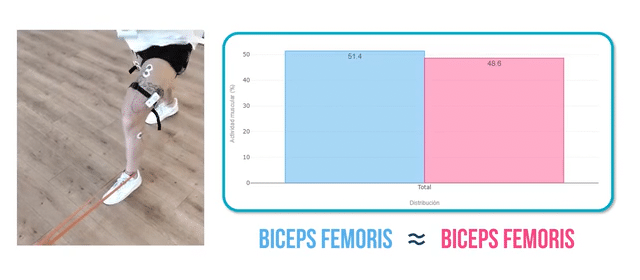
✅ Hamstrings reach similar activation levels to rectus femoris.
✅ Greater knee stability.
✅ Reduced patellar tendon load.
✅ Optimized quadriceps–hamstring synergy.
Conclusions
The lunge is an excellent exercise to retrain quadriceps–hamstring activation, but it requires technical adjustments to be truly therapeutic.
- – Greater hip hinge and the use of opposing resistance are the variables that best enhance biceps femoris activation.
- – EMG is essential to verify which variations actually work for each patient, avoiding guesswork.
👉 Want to learn how to use EMG to optimize your exercises and accelerate recovery in tendinopathies?
Contact us here and discover how to integrate this tool into your clinical practice.

